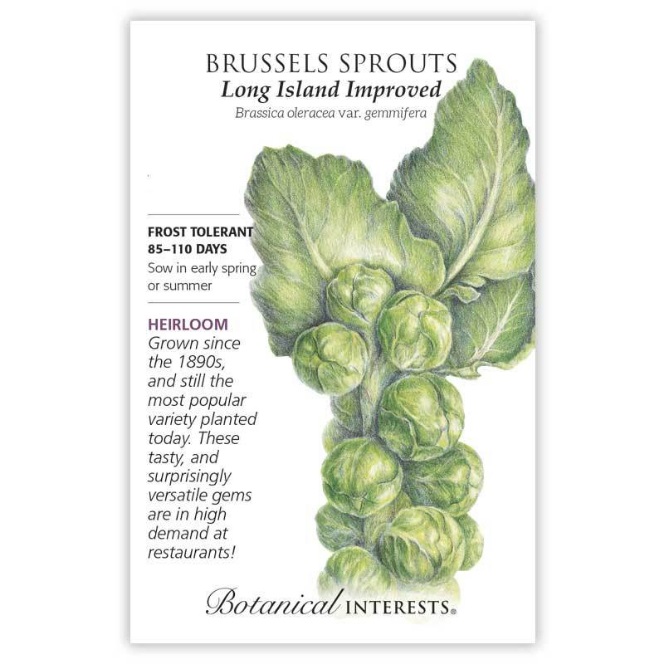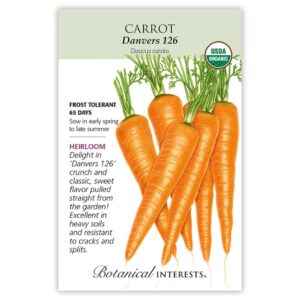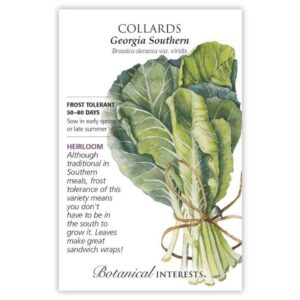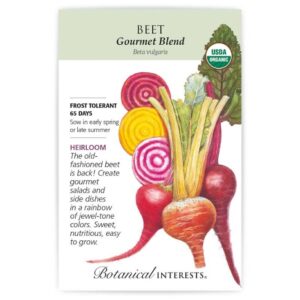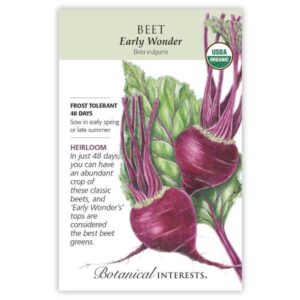Description
'Long Island Improved' Brussels sprouts are a beloved heirloom variety, ideal for gardeners looking for reliable, frost-tolerant crops. With 1″–1½” blue-green sprouts that grow densely along the main trunk, this variety has earned its place as a garden standard since its development in the 1890s. The plants, with their palm tree-like appearance, thrive in cooler temperatures and can even withstand frost, which enhances their flavor. Whether deep fried, steamed, or roasted, these Brussels sprouts are a versatile addition to any meal. Plus, they can remain in the garden until winter, making them an excellent choice for late-season harvests.
This packet sows up to 95 feet. 140 seeds.
Variety Info:
Botanical Name: Brassica oleracea var. gemmifera
Days to Maturity: 85–110 days
Family: Brassicaceae
Native: Europe
Hardiness: Frost-tolerant biennial; will tolerate temperatures to about 10?F.
Plant Dimensions: 20″–24″ tall
Variety Information: 1″–1½”, blue-green orbs that look like tiny cabbage heads, and grow tightly and densely against the main trunk of the plant. The cluster of leaves at the top of the plant give it a palm-tree-like look. 'Long Island Improved' was developed in the 1890s, quickly becoming the garden standard, and continues to be a dependable heirloom for home gardeners.
Sowing Info:
When to Sow Outside: 4 months before your average first fall frost date, when soil temperature is at least 40°F.
When to Start Inside: RECOMMENDED. 4 to 6 weeks before transplanting outside, about 4 months before your average first fall frost date so sprouts mature in cool weather. In mild climates, sow in fall for harvest in late winter and early spring. Optimal soil temperature for germination is 60°–85°F.
Days to Emerge: 5–10 days
Seed Depth: ¼”
Seed Spacing: A group of 3 seeds every 24″
Row Spacing: 24″
Thinning: When 2″ tall, thin to 1 every 24″
Growing Info:
Harvesting: Brussels sprouts start maturing from the bottom of the plant to the top. Buds should be picked when they are firm and about the size of a large cherry, between 3/4″ and 1″ in size. Break off the leaf just below the buds and snap or cut off the sprout. Brussels sprouts can be left in the garden through a freeze, which sweetens the flavor.
